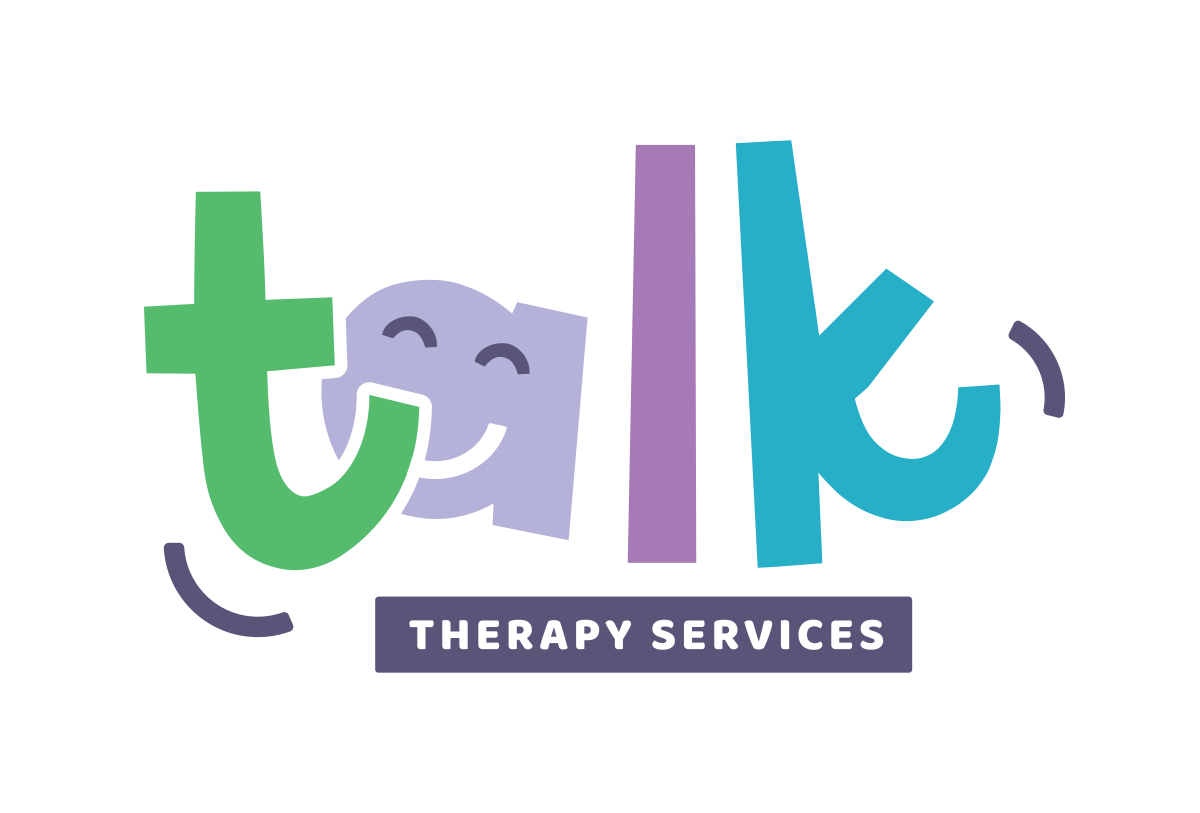Navigating Articulation Disorders in Children: Symptoms, Diagnosis, Treatment, Outcomes, and Educational Impact
Articulation disorders in children refer to difficulties in making sounds correctly and fluently in speech, affecting their ability to communicate effectively. These disorders can range from simple mispronunciations to more complex conditions that require professional intervention. This blog delves into the symptoms, diagnosis, treatment, and outcomes of articulation disorders, along with their impact on a child's educational journey.
Symptoms of Articulation Disorders
Children with articulation disorders may exhibit a range of symptoms that indicate difficulties with speech sound production, including:
- Mispronunciation of sounds: Often, certain sounds or word parts are omitted, substituted, added, or changed.
- Difficulty being understood: Especially by those outside the immediate family or by unfamiliar listeners.
- Avoidance of speaking: Some children may become self-conscious about their speech and avoid speaking in certain situations.
- Frustration during communication: Children might display frustration or behavior issues when they are not understood.
Diagnosis of Articulation Disorders
Diagnosing an articulation disorder involves a comprehensive assessment by a speech-language pathologist (SLP). The evaluation typically includes:
- Case history: Gathering information about the child's speech and language development, as well as any family history of communication disorders.
- Oral mechanism examination: Assessing the physical structures (e.g., lips, tongue, palate) to rule out physical causes for the articulation difficulties.
- Hearing screening: To ensure hearing loss is not a contributing factor.
- Speech sound assessment: Analyzing the child's speech in various contexts to identify specific sound errors.
Treatment of Articulation Disorders
Treatment plans are highly individualized, based on the child's needs and the nature of the articulation disorder. Common approaches include:
- Speech therapy: Focused on correcting specific sound errors through a variety of techniques and exercises. This might involve demonstrating how to produce the sound, helping the child to recognize the correct and incorrect sounds, and practicing the sound in different words, sentences, and eventually in spontaneous speech.
- Parent and teacher involvement: Training for parents and teachers on how to support the child's speech practice and generalization of correct sounds into daily communication.
- Use of technology: Apps and software that provide additional practice and feedback on sound production.
Outcomes of Articulation Disorders
With early and appropriate intervention, many children with articulation disorders show significant improvement with hopful full resolution of their speech difficulties. The outcome depends on factors such as the severity of the disorder, the age at which therapy begins, and the consistency of practice and reinforcement at home and in therapy.
Educational Impact of Articulation Disorders
Articulation disorders can affect a child's educational experience in several ways:
- Reading and writing difficulties: Challenges with sound production can translate into difficulties with phonemic awareness, a critical skill for reading and spelling.
- Social challenges: Children may experience teasing or social isolation due to difficulties being understood by peers, affecting their social development and participation in classroom activities.
- Classroom participation: Anxiety about speaking in front of others may lead to reduced participation in class discussions or oral presentations.
Articulation disorders, while challenging, can be effectively managed with the right support. Early detection and intervention are key to helping children overcome these disorders and improve their communication skills. Speech therapy, combined with support from parents and educators, plays a crucial role in this process. By addressing articulation disorders early, we can mitigate their impact on a child's education and social interactions, paving the way for more confident and effective communication.

